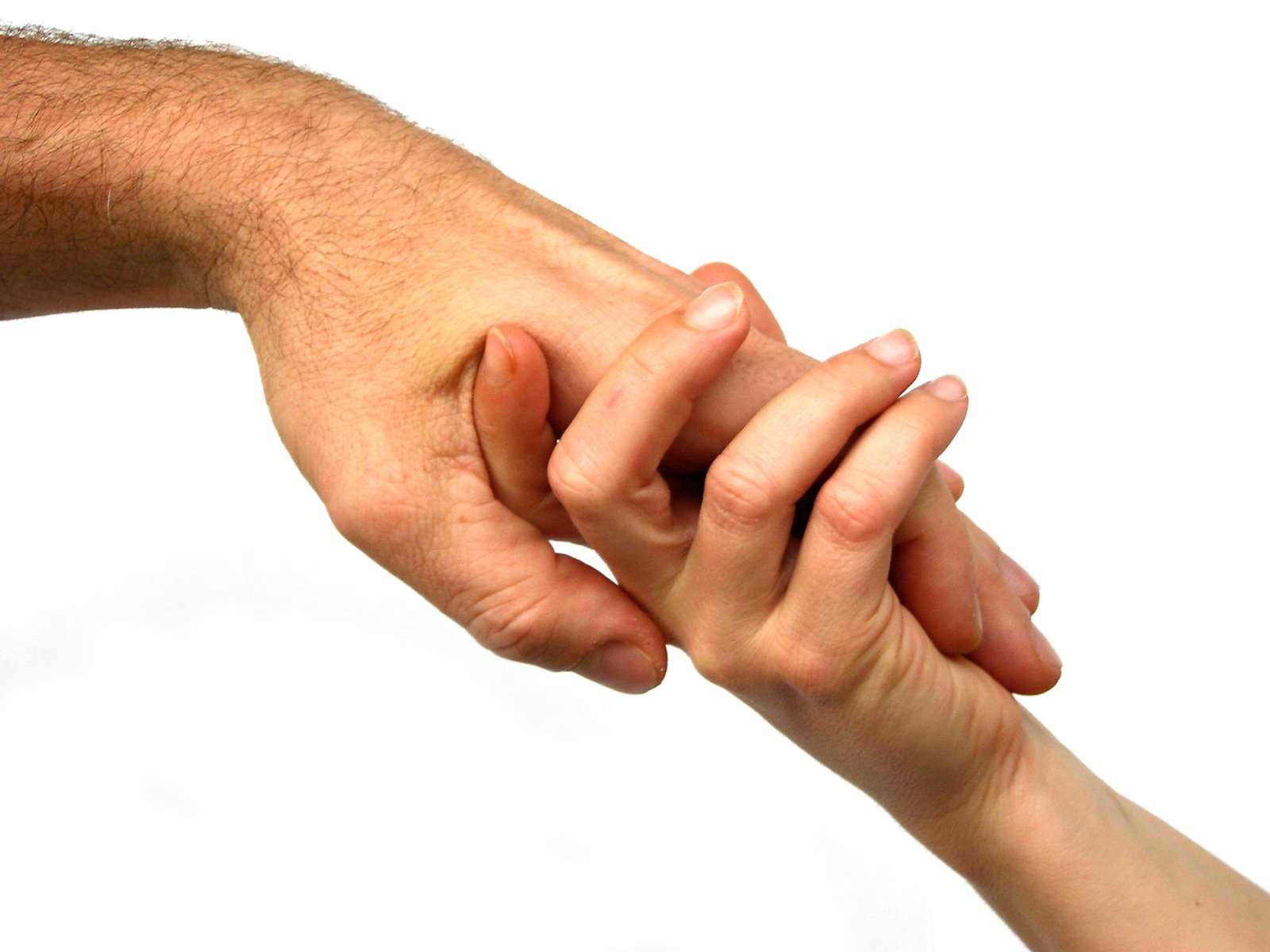The American people are no strangers to the spirit of charitable giving. A phenomenal figure from Charity Navigator shows that as many as 50 percent of American households donated money when the 2010 earthquake devastated Haiti.
This giving accumulated to $1.4 billion. Another example of American goodness was the $1.6 billion donated to victims of the South Asian tsunami. These figures tell a magnificent story of how we care for our sisters and brothers all over the world when disaster hits.
In addition, during 2017, approximately $410 billion was given to charities in America, making it the eighth consecutive year of increased giving. To put this figure into perspective, this amount was larger than the total governmental expenditures of countries like Mexico ($273 billion), India ($329 billion) and South Korea ($335 billion), according to the CIA World Factbook. Charitable giving by individual Americans in 2018 suffered its biggest drop since the Great Recession of 2008-09, in part because of changes in tax policy. More than 45 million households itemized deductions in 2016, according to Giving USA, and when the standard deduction was doubled that number likely dropped sharply in 2018, reducing an incentive for charitable giving.
From this data, an interesting question remains: How is this charity divided up between the types of organizations that receive donations? The biggest winner is religion with 31 percent, followed by education with 16 percent and human services with 12 percent. Moreover, according to Frank Sammartino’s testimony before the U.S. Senate, people earning under $100,000 allocated 67 percent of their donations to religious organizations and only a small fraction to education and health organizations (three and nine percent respectively). On the other hand, people earning more than a million dollars allocated their donations between education (25 percent), health organizations (25 percent), and 17 percent to religion.
So when comparing income demographics, who donates more: The low-income or the wealthy Americans? According to Samartino’s report, people earning more than $500,000 donate 3.2 percent of their adjusted gross income, whereas people earning under $50,000 donate about 2.1 percent. Does this mean that wealthier people contribute more? Not necessarily, the important factor is that well-off people can satisfy their basic needs with a smaller percentage of their income. Therefore, they have a larger amount of money available for charity. Furthermore, people earning under $50,000 dollars often must spend almost all of their income for basic needs. Yet, they find a significant amount of money to give to charity. For them, 2.1 percent of their income is something more significant.
Assessing charity on an international scale, as measured by the World Giving Index, America ranks fourth, surpassed by Australia, Indonesia, and New Zealand. Notice that giving doesn’t only come from rich countries: Myanmar ranks ninth and Liberia ranks 19th based upon the percentage of annual income given away. On the other hand, many moderate-income countries ranked very low. China, for example, ranked 142nd and Venezuela, a country with large oil reserves, ranked 107th.
So, what does one conclude after reviewing these figures? Whether at the country, family or individual level, having more money does not necessarily imply that people are going to be more charitable. Caring for others is a question of values, putting others in front of ourselves and having a big heart. In general, low and moderate income people may be more sensitive to the needs of the poor, even though they do not have much. In any case, the important thing is that whether monies come from the poor, the middle class or from the rich, donations to charity are increasing.
John Hoffmire is Chairman of the Center on Business and Poverty. He also holds the Carmen Porco Chair of Sustainable Business at the Center. Mario Alejandro Mercado Mendoza, Hoffmire’s colleague at the Center, did the research for this article.





